Is a Limited World War 3 Possible?
Unlike popular doomsday scenarios, this will be a war of flashpoints, chokepoints and High Value Targets (HVTs)
There are signs aplenty that we may face a Limited World War III (L-WW3) in the very near-future. An L-WW3 scenario would involve a global conflict, but with restraints aimed at preventing total devastation, such as the use of nuclear weapons on a wide scale. Such a war might unfold through regional conflicts, cyberattacks, physical infrastructural sabotages, proxy wars, and intense economic and technological confrontations, rather than an all-out global military clash. They could all occur simultaneously or in rapid sequence.
The Flashpoints
A flashpoint within the context of an L-WW3 refers to a region where tensions between major powers may erupt into a wider regional conflagration with global ramifications.
There are intense confrontational pressures building up across the globe. Right on top of the list would be an outright war between Israel and Iran. On Oct 1 2024, Iran launched nearly 200 hypersonic missiles towards select Israeli targets in response to the ongoing genocide in Gaza and the assassination of several high-profile Hamas and Hezbollah leaders as well as key Iranian military commanders. All the missiles were launched from an Iranian base, reportedly located near the city of Shiraz.
This was the second direct Iranian attack against Israel after the April 2024 missile strikes launched from Iran, Iraq, Lebanon, and Yemen. Tehran has an enviable array of geographically-dispersed retaliatory options in the event of a direct war with Israel. Call it a masterclass in geostrategic encirclement. Its alleged hypersonic missiles can also overwhelm Israeli ballistic missile defence systems deployed thus far. This is one reason why Israel is waiting for a propitious moment to retaliate; the other being the pivotal US presidential elections on Nov 5. Tel Aviv needs to know whether a new US presidential administration will back it to the hilt.
Israel’s waiting game also hints of uncertainties within the US deep state which is vacillating on whom it needs to select as the next US president. If there were clear indications that the chosen one was Donald J. Trump, Israel would have retaliated within days of the Oct 1 Iranian attack. A Kamala Harris administration may not be as Israel-friendly as her predecessors and the following sections in this commentary alludes to the reasons behind this policy departure. I also doubt whether Washinton’s hands can be forced by a series of false flag events directed at US military targets in the Middle East anytime between now and Nov 5. Such an event would allow Russia to steamroll over much of eastern Ukraine and perhaps beyond.
Whatever the outcome of the evolving US political calculus, a wider Middle Eastern war remains on course.
Ukraine is another flashpoint that may lead to an L-WW3. However, Russia would have likely achieved its major military objectives before a new president takes office on Jan 20 2025. This may include the capture of the entire Donbas region — its primary objective all along — as well as the Odesa oblast. The latter scenario will reduce Ukraine into a landlocked country without access to the Black Sea.
Then there is North Korea and China. I doubt Pyongyang and Beijing will jump into the fray as soon as the Middle Eastern tinderbox is lit. They will likely play a low-intensity attritional game of cat and mouse in the region until a clearer picture emerges in the Middle East. North Korea may fire missiles across Japan — as they have repeatedly done in the past — while China may engage in provocative naval and air manoeuvres in the Taiwan Strait and the South China Sea. The primary goal here would be to pin down US military assets in the region, preventing them from being redeployed to the Middle East and Europe.
Realising this possible geopolitical checkmate, the European Union is now actively toying with the idea of introducing compulsory military draft.
The Chokepoints
Chokepoints represent the geographic Achilles Heel of the global system which will likely be targeted in an L-WW3.
In fact, a limited WW3 will begin and end as a war on key planetary chokepoints. These geoeconomic chokepoints are vital for global trade, military deployment and energy flows. Any disruption in these areas will have significant global consequences. The following are some of the most important chokepoints at stake.
Strait of Hormuz: Located between the Persian Gulf and the Gulf of Oman, it is one of the most strategically important waterways in the world, handling approximately 20-30% of the world's seaborne oil shipments. Iran has repeatedly threatened to close the Strait in response to an Israeli attack or a regional war led by the United States. A closure of the Strait will disrupt global oil markets, resulting in a massive spike in energy prices, hyperinflation and global socioeconomic instability. All Iran needs to do is sink a few large vessels in the strait and deploy sea mines. An outright military blockade, on the other hand, is unlikely as it will be swiftly neutered by the combined forces of the United States and its allies.
Bab el-Mandeb Strait: Located between Yemen in the Arabian Peninsula and Djibouti and Eritrea in the Horn of Africa, it marks the southern entry point to the Red Sea. The Strait is already captive to Houthi militias aligned to Iran. In recent months, many ships traversing this corridor have been attacked, incapacitated or sunk by Houthi missiles (which have also targeted Israel), forcing merchant vessels to opt for the longer and costlier route to Europe via Southern Africa.
Suez Canal: This is a no-brainer. Look at the map above. The viability of the Suez Canal depends on the free flow of maritime vessels via the Bab el-Mandeb. Connecting the Mediterranean Sea to the Red Sea via eastern Egypt, the Suez Canal is a critical maritime passage that facilitates the movement of nearly 12% of global trade as well as military logistics to US allies in the region.
While it has been speculated that Iran’s proxy Hamas may attack maritime vessels in the Suez, I find this scenario to be highly unlikely. If they happen, Israel would likely be behind these attacks in order to drum up “international support” against Hamas and Iran. Such attacks will also enrage Egypt which has been a faithful Israeli servitor for years. The Houthis in Yemen however will face no such constraints, especially after they were subjected to a prolonged Saudi-led genocidal war which had included a significant Egyptian contingent.
The Middle Eastern chokepoints are arguably the most sensitive nerve centres in an L-WW3 but there are counterparts elsewhere that may act as a force multiplier. In Asia alone, there are three such chokepoints.
Source: Strafor
Malacca Strait: Located between the Malay Peninsula and the Indonesian island of Sumatra, this waterway handles nearly 25% of global maritime cargo. It is a critical chokepoint that connects oil shipments from the Middle East to East Asia. If the Malacca Straits is rendered impassable in an L-WW3, there will be severe energy crunches for manufacturing powerhouses like China, Taiwan, South Korea and Japan.
On paper, China will have a vested interest in maintaining the current status quo in the Middle East. In the event of a maritime shutdown in the Straits of Hormuz, Beijing has strategic petroleum reserves for 90 days as well as a new generation of pipelines that will deliver additional fossil fuel from Russia. These may not be enough but they do free up China to flex its geopolitical muscles across dispersed chokepoints to its south.
South China Sea: Bordered by China, Vietnam, the Philippines, Malaysia, and Brunei, the South China Sea is a major artery for global trade, with about $3.4 trillion worth of trade passing through its waters annually. The region is also rich in natural resources like oil and gas.
The South China Sea is embroiled in territorial disputes, particularly between China and its southern neighbours. Much of this disputed maritime territory is actually closer to Southeast Asian claimants rather than mainland China.
Southeast Asia must thank the United States for this mess. In the aftermath of WW2, the United States winked when Nationalist China (now Taiwan) and later the People’s Republic of China unveiled the 11-dash and 9-dash lines which underpinned Chinese claims to this maritime zone. When subsequent tensions rose with Beijing, Washington conveniently stepped in as the protector-extraordinaire of the affected Southeast Asian nations.
Geopolitics is often nothing more than a mafiosi-type protection racket.
Taiwan Strait: Straddled by China and Taiwan, the Strait is a major shipping route, especially for goods and semiconductors produced in Taiwan. It is also a critical flashpoint in the US-China rivalry, with Beijing viewing Taiwan as a breakaway province. If the Straits of Hormuz is closed, the US navy will be pinned down in this area to prevent a Chinese invasion.
Korean Peninsula and Yellow Sea: Located in East Asia, this region is a potential flashpoint due to North Korea's nuclear ambitions and tensions with the US, South Korea, and Japan. An L-WW3 involving North Korea could lead to the closure of important sea lanes in the Yellow Sea, disrupting trade and military movements in the region.
Thus far, I have been focussing primarily on fallouts from a wider Israel-Iran conflict and its ripple effects. However, what happens in the event of two simultaneous regional military escalations? What additional chokepoints will be affected if NATO decides to put boots in Ukraine, possibly to counter or preempt a Russian occupation of Ukraine’s Odesa oblast which will cut off Kiev’s access to the Black Sea?
Source: Defence Politics Asia
Turkish Straits (Bosphorus and Dardanelles): As you can see from the map above, there are twin maritime chokepoints connecting the Black Sea to the Mediterranean. The Turkish straits are crucial for Russia's access to the Mediterranean and, by extension, to global shipping routes. Under the 1936 Montreux Convention, Turkey has control over this passageway and can limit the passage of warships during wartime or if it feels threatened. But Turkey has long played off NATO against Russia and vice versa. In the event of a Russian occupation of Odessa, Turkey may cut off access to Russia cargo and naval vessels in order to extract generous concessions from NATO and later reverse course when the Western economies begin to wilt. Turkey’s calculus will also be swayed by Israeli actions in Gaza and Lebanon.
The Northern Sea Route (NSR): Located in the Arctic region, this passage provides the shortest possible maritime route for goods transiting between northern Europe and northern Asia (China, Japan and South Korea).
Russia exclusively controls this vital passageway. In the event of a L-WW3, it may only allow vessels from “friendly nations” such as China and India to use this Arctic passage. According to a recent GIS report, “While the distance from Rotterdam to Yokohama via the Suez Canal is about 21,500 kilometres, it shrinks to only 11,900 kilometres via the Northern Sea” route.
If the Red Sea chokepoints are closed down in an L-WW3, the entire European economy will be in serious trouble. This is pretty much a checkmate situation. There are just two other global maritime chokepoints that the West can rely on: The Gulf of Guinea off West Africa and the Panama Canal.
The Gulf of Guinea is a significant area for global oil exports, particularly from Nigeria and Angola. It is also a region plagued by piracy, which affects shipping. In an L-WW3 scenario, West African nations may demand extraordinary concessions from the West, leading NATO to resort to “freedom of navigation operations” (FRONOP) and the installation of puppet regimes by force in the region.
The Panama Canal is the only major maritime chokepoint that appears relatively safe from the fallouts of an L-WW3 scenario. China may naturally pressure the Republic of Panama, which ostensibly has full jurisdiction over the canal, to restrict or ban the passage of US naval vessels through this maritime artery. Chinese commercial interests coincidentally operate the Balboa and Cristobal ports in Panama which serve as the entry and exit points to the Pacific and Atlantic oceans respectively.
Source: CIA Factbook
In an L-WW3 scenario, major sabotages in either or both ports cannot be ruled out. The objective would be to render the Panama Canal impassable.
The High Value Targets
High-value targets (HVTs) are individuals, assets, or locations that hold significant strategic or operational importance, often in military, intelligence, or law enforcement contexts. Their elimination, capture, or destruction can critically impact an adversary’s capabilities or objectives. HVTs are typically leaders, key infrastructure, or resources essential to a group's functioning or success.
Expect a series of coups, assassinations and “sudden deaths” of key leaders worldwide in the event of an L-WW3, including those at the helm of the US government. There have been at least three “assassination attempts” thus far targeting US presidential frontrunner Donald Trump.
These actions will be driven by the need to control HVTs in the form of vital resources and strategic assets. To approximate the hierarchy of strategic assets in the context of an L-WW3, we need to zero in on the cruxes of our daily activities. What are the most fundamental resources or assets that are indispensable to contemporary society?
The first indispensable resource would be fossil fuels. Our transportation systems, electricity infrastructure, food and medical supplies, industries et al depend on the stable supply of fossil fuels. Therefore, in any L-WW3, the most strategic sources of fossil fuels would be targeted.
Israel, for instance, has vowed to destroy Iranian oil fields and refineries, as well as its nuclear plants, in retaliation for the Oct 1 missile attacks. This action would send oil prices through the roof, and invite asymmetric responses from Iranian proxies. The Houthi militia in Yemen, for instance, might target Ras Tanura — Saudi Aramco's largest crude oil and gas refinery and the biggest of its kind in the Middle East. The Ghawar oil field in Saudi Arabia — the world’s largest — may also be targeted. In fact, the world’s Top 5 sources of oil are all located in the Middle East. An attack on any or all of them would be simply catastrophic for the global economy. Think of long lines at petrol pumps and grocery stores, hyperinflation, social panic and its ripple effects. That is just for starters!
The world is also reliant on instant communications and an assortment of digital paraphernalia. Semiconductors lie at the heart of this matrix. The Internet and telecommunications equipment, automobiles, home appliances and defence systems etc. need semiconductors to function. Even your electric toothbrushes are reliant on microchips.
Herein lies one primary vulnerability in our global supply systems due to our collective overreliance on single-source factories for the production of many critical components and products, particularly in the area of semiconductors. One of them lies in a flashpoint area. It is called the Taiwan Semiconductor Manufacturing Company (TSMC).
TSMC is the world's largest semiconductor foundry and produces more than 50% of the world's advanced chips. Many major companies, including Apple, Qualcomm, and NVIDIA, rely on TSMC for the manufacturing of their microchips.
A disruption at TSMC would severely impact global technology production, affecting smartphones, computers, cars, and congeries of other electronic items. The ongoing global chip shortage highlights the vulnerability of supply chains that depend on single-source manufacturers like TSMC.
In an L-WW3 scenario, disproportionate military resources, particularly anti-ballistic missile defence systems, may be deployed to protect TSMC plants against mainland Chinese attacks or sabotages. A naval blockade of Taiwan by mainland China will produce similar results.
In a similar vein, Japan has a number of single-source factories that are vital to the day-to-day functioning of societies. Apart from semiconductors and specialised chemicals, Japan also produces around 50% of zippers used in clothing, apparels and luggages via its YKK factories. YKK products are used in the automotive, safety, medical, hygiene, military and space sectors. Never underestimate how otherwise mundane products can cause chaos in the global supply chain. More on this in another commentary.
Summing Up
By now, the reader may have noticed that I had omitted the much-debated use of tactical nukes in an L-WW3. There is a reason why this commentary has limited itself to outlining the flashpoints, chokepoints and high value targets associated with a limited world war. The force multipliers (i.e. tactical nukes, cyberattacks etc) and the calculated endgame behind an L-WW3 will be unpacked in a subsequent commentary. In my opinion, an L-WW3 will be relatively quick but destructive and its ripple effect will be felt for years.
Finally I have a question for the reader: Just what do you think a new global leadership will offer up as a remedial or “build back better” solution after the carnage?
Additional ways you can support my writing
Tip me a ONE-TIME cuppa with Ko-Fi (for as low as a one-time $5 contribution)
Share, restack or quote my posts.




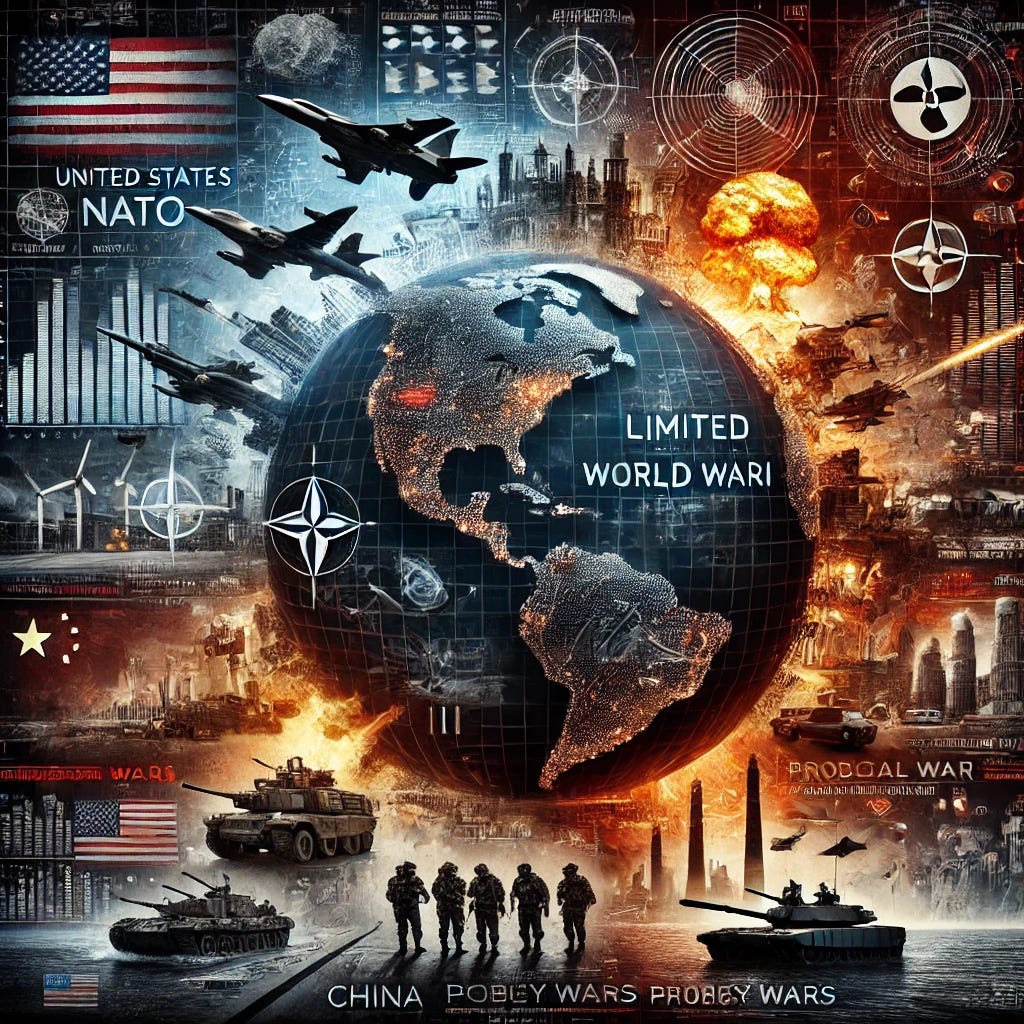


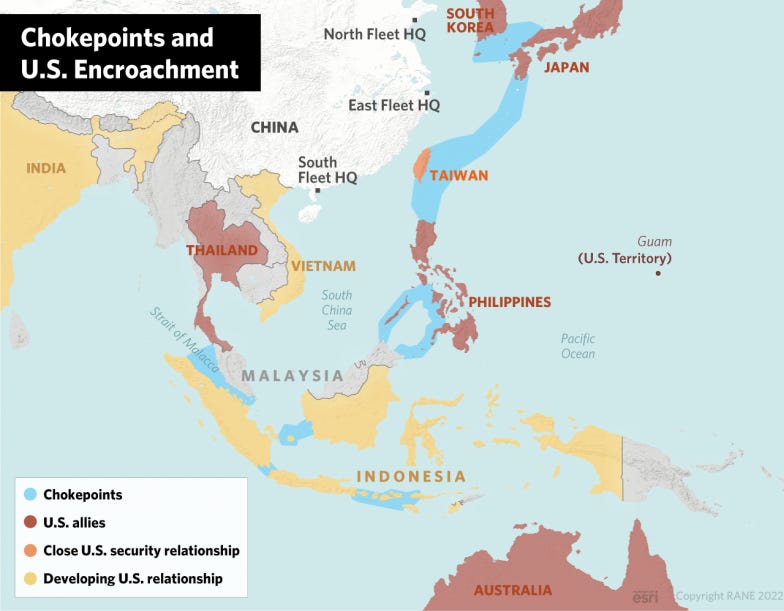
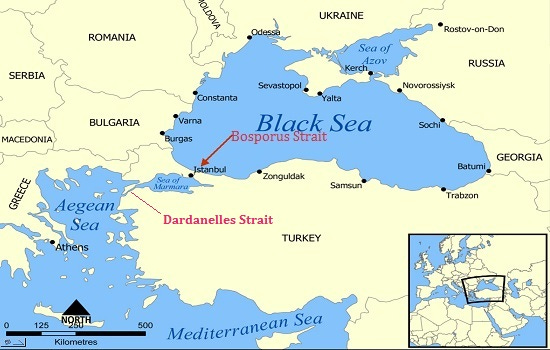
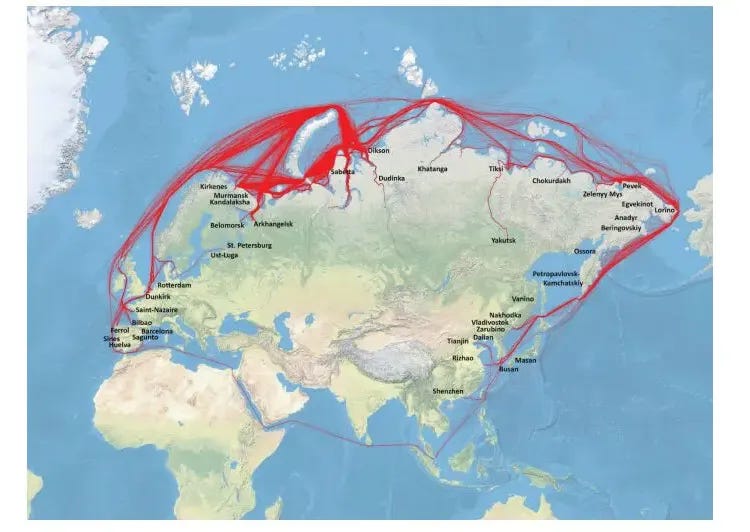
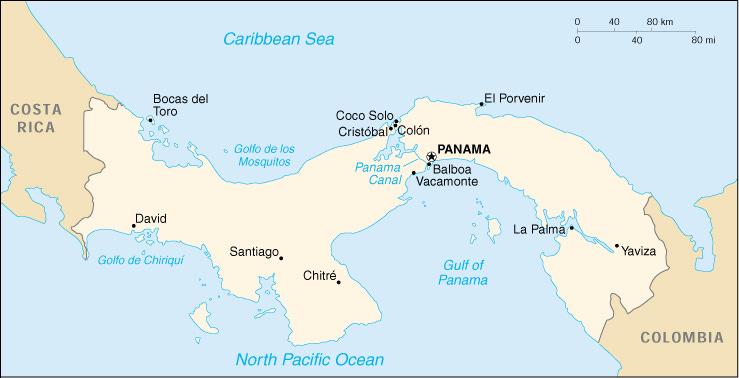

Coincidental? Nihon Hidankyo: Japan anti-nuke group wins Nobel Peace Prize. The Japanese organization Nihon Hidankyo is the winner of this year's Nobel Peace Prize for efforts to achieve a world free from nuclear weapons.
Actually, organizations like these have been around for ages. So, why now?
https://www.dw.com/en/nihon-hidankyo-japan-anti-nuke-group-wins-nobel-peace-prize/a-70463815
Everyone plays their perfect role towards Eshatological epilogue.